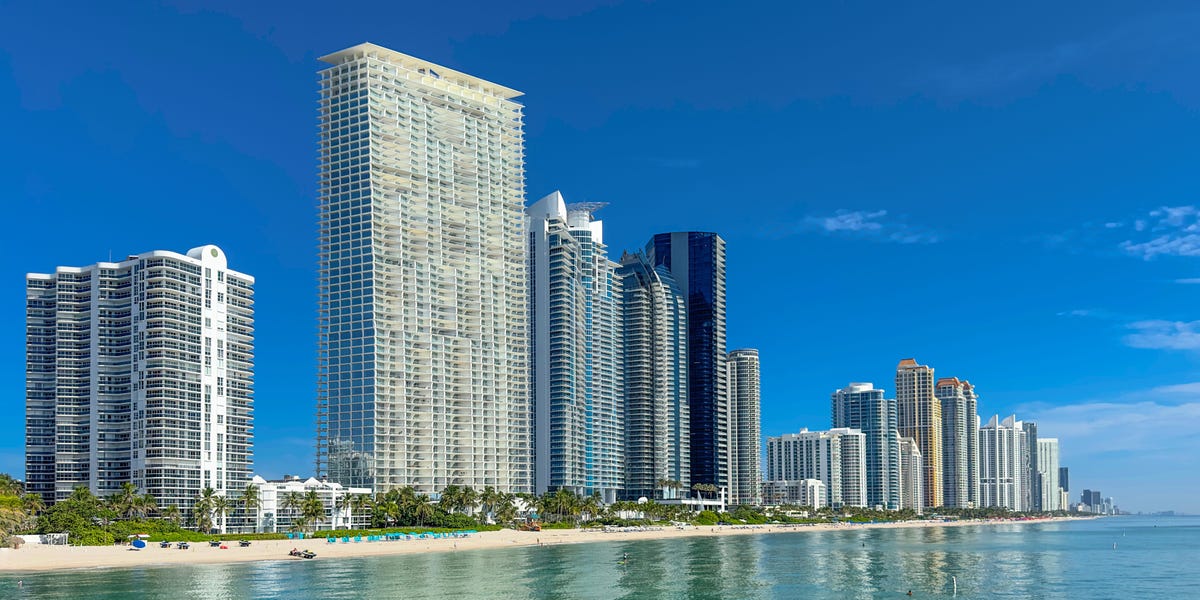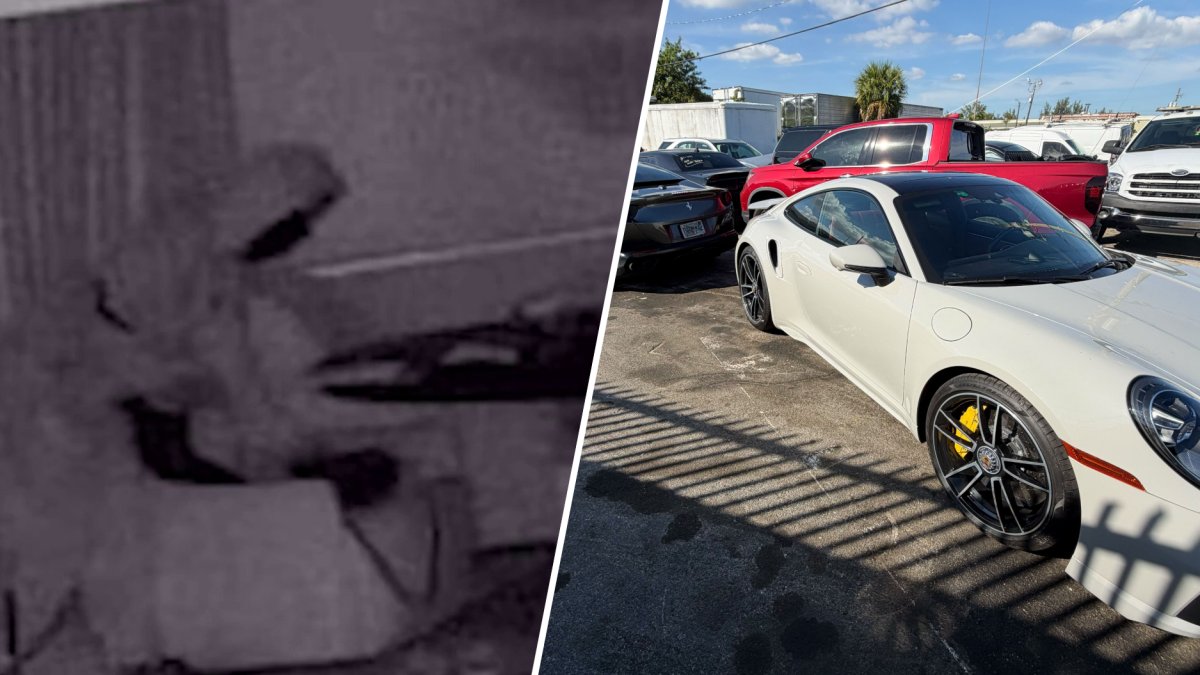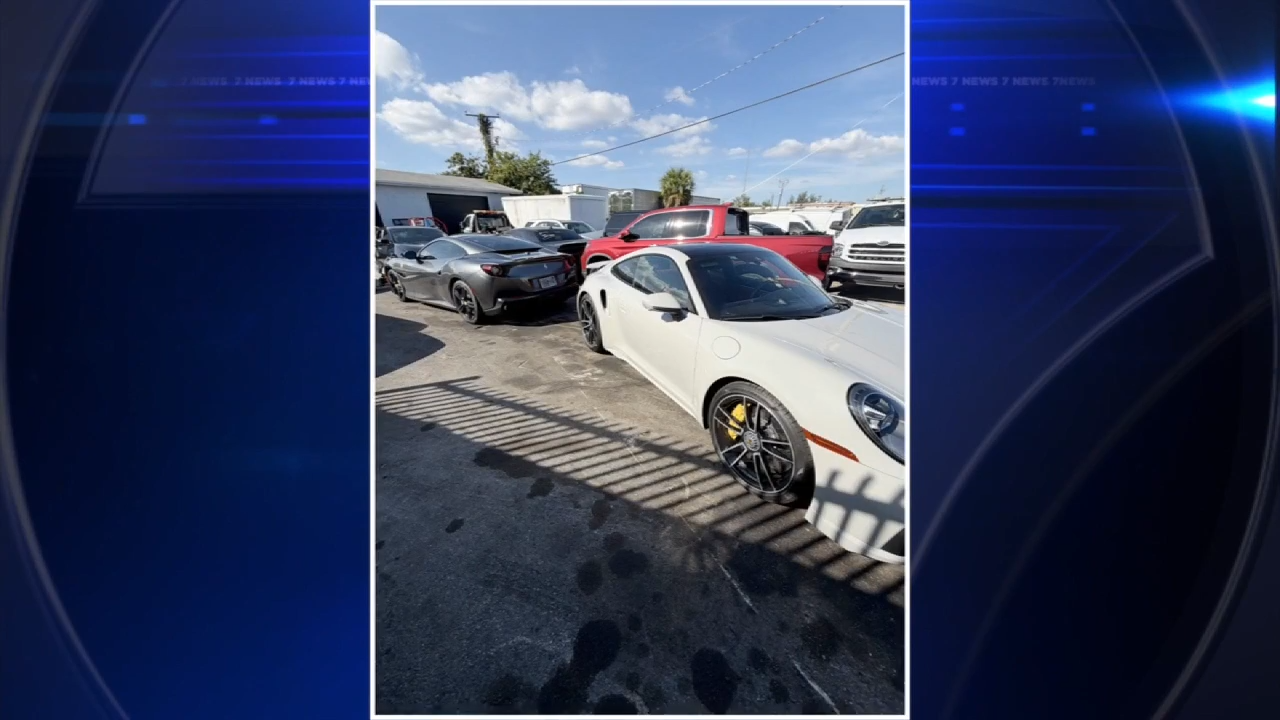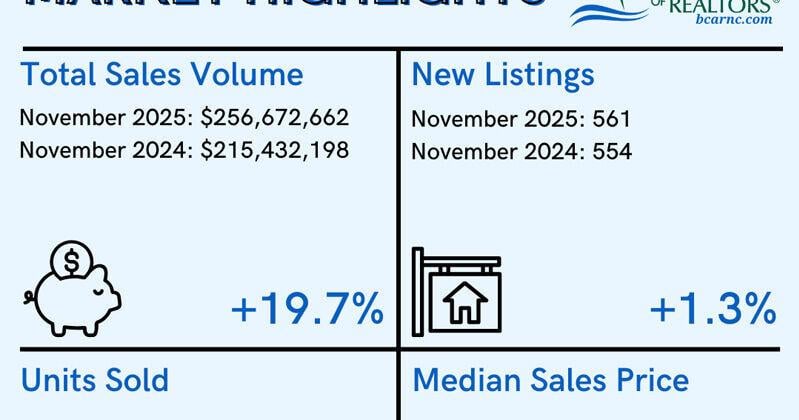U
BS’s Global Real‑Estate Bubble Index, released this week, ranks cities by a composite of price‑to‑income, price‑to‑rent, local versus national income, median price relative to the country, mortgage and construction rates. Scores above 1.5 flag high bubble risk; 1–1.49 elevated; 0.5–1 moderate; 0–0.49 low.
Miami tops the list again, scoring 1.73 (down from 1.79 last year). Its steep price‑to‑income and price‑to‑rent ratios, plus a median price well above the national average, push it into bubble territory. Over the past 15 years, Miami’s inflation‑adjusted housing gains outpaced all other U.S. cities, yet the market is expected to soften, though a sharp correction seems unlikely amid continued demand from the West and Northeast and a favorable tax climate.
Los Angeles is the only other U.S. city near bubble territory, with a score of 1.11, placing it fourth worldwide behind Tokyo and Zurich. LA’s high price‑to‑rent ratio makes homeownership unaffordable, and the city’s shrinking population may force prices down unless mortgage rates fall.
San Francisco, ranked 17th, has a low‑risk score of 0.28. Despite being one of the most expensive U.S. markets, incomes have outpaced home prices over the last seven years. Rising rental demand—driven by return‑to‑office mandates and a boom in AI hiring—could spur further demand for owner‑occupied homes.
New York sits 18th with a low‑risk score of 0.26. A recent rally in the stock market has lifted the luxury segment, while in‑person work mandates are pushing rents higher. Strong job growth, especially in high‑income sectors, is drawing more renters into the city, tightening the supply of available units.
Cities flagged as high or elevated risk have seen home prices rise far faster than rents and incomes—about 25% versus 10% and 5% respectively over five years—while moderate‑risk markets have seen prices fall roughly 5% with rents and incomes largely flat. UBS warns that widening affordability gaps often precede housing crises.














